Badminton vs. Padel: Which is More Fun?
If you’ve ever wondered whether badminton or padel is more fun, you’re not alone. Both are dynamic, involve a racket, and require skill and agility. Yet, they each bring something unique to the court. Let’s dive into the details and settle this once and for all: which sport is more fun?
Badminton is a high-energy sport all about speed and quick reflexes. Picture this: a feather-light shuttlecock zooms over the net, challenging players to respond with agility. In padel, things play out differently. Imagine tennis meeting squash; padel has slower-paced rallies and encourages strategic moves, mostly in a doubles format. This creates a more social dynamic, making it easygoing and engaging. Both sports are fun, but your definition of fun might depend on what you’re looking for in a game.
Speed vs. Strategy: What Kind of Play Do You Enjoy?
Badminton is fast—lightning fast. The shuttlecock can reach speeds of up to 200 miles per hour in professional play, making every match a workout with quick sprints and reactive movements. If you thrive on high-speed action that keeps you on your toes, badminton delivers a thrill like few other sports. Players are constantly moving, reacting, and anticipating, which keeps the game intense and mentally engaging. It’s all about being a step ahead of your opponent, and even a slight hesitation can mean a lost point.
Padel, on the other hand, slows things down a bit. There’s still plenty of movement and quick reactions, but the slightly slower pace gives you time to think. The game has walls, too, which add a strategic element, allowing you to bounce the ball off them for unique angles. Padel becomes a test of outsmarting your opponent rather than just outrunning them. If you’re more about strategic gameplay and enjoy a little extra time to plan your next move, padel might edge out badminton for you.
Social Atmosphere: Padel’s Winning Edge
When it comes to social interaction, padel takes the lead. Played almost exclusively in doubles, padel emphasizes teamwork and communication. The enclosed court encourages interaction, and games often blend competition with friendly banter. For groups of friends, couples, or families, padel offers a lighthearted, engaging activity where everyone gets involved. Its team-oriented nature is a big reason why it’s so popular in Europe and Latin America—it’s social, easy to pick up, and welcoming for all ages.
Badminton can be social, too, especially in doubles matches. However, singles play is common, especially in competitive settings, and the focus tends to be more intense. Badminton requires constant concentration, leaving less room for relaxed conversations. For those who enjoy a more competitive, focused game where they can play solo or with a partner, badminton’s fast-paced setup can feel just right.
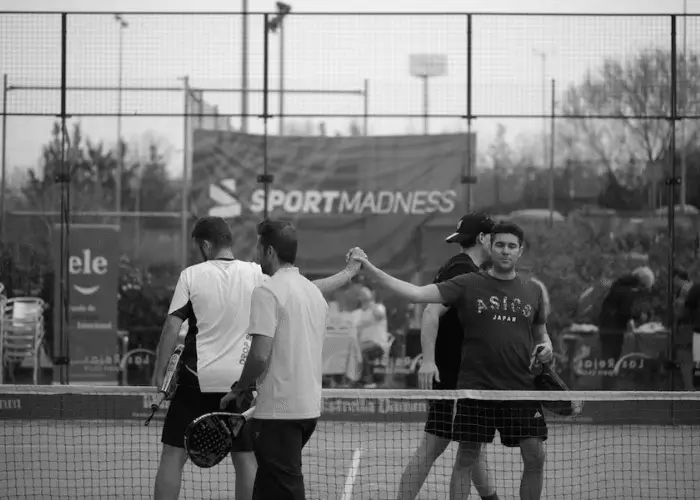
Ease of Learning: Padel’s Beginner-Friendly Appeal
Padel is generally easier to learn than badminton. The slower pace, simple scoring, and smaller court make it approachable for all ages and skill levels. Beginners can quickly grasp the basics and feel successful on the court without needing fast reflexes. Plus, the forgiving nature of the game—thanks to the walls and smaller court size—helps newcomers feel more in control. Padel's format is especially welcoming for kids, older players, and those looking for a casual sport.
Badminton, while certainly accessible, demands a bit more skill from the start. The shuttlecock is deceptively lightweight, and even small gusts of air can change its path. New players need coordination and quick footwork right from the get-go, especially if they want to keep up with the fast pace of the game. This can make badminton feel more challenging initially, but for those up for it, badminton is immensely rewarding as skills improve.
Physical Intensity: Badminton’s Cardio Advantage
When it comes to physical intensity, badminton is a powerhouse. The game’s high-speed rallies and dynamic movements require agility, strength, and endurance. You’ll be sprinting, jumping, and lunging constantly, which burns plenty of calories and makes it a solid cardio workout. For fitness enthusiasts or those looking to break a sweat, badminton will leave you feeling exhilarated and challenged.
Padel, in comparison, is less intense. You’ll still work up a sweat and engage in strategic movements, but it’s a moderate workout. It combines elements of fitness and fun, so you’re not just running around. Padel requires careful positioning, and the rallies often last longer, giving you time to think rather than just react. If you’re looking for a balanced workout that’s enjoyable without being too physically demanding, padel offers that middle ground between exercise and ease.
Fun Factor Verdict: Which Is More Fun?
So, which is more fun? That depends on your personality and what you’re after. For a fast-paced, intense solo challenge, badminton brings adrenaline and energy to every match. It’s the choice for those who thrive on speed and love high-intensity sports. But if you’re in the mood for a social, strategic game where teamwork and a relaxed atmosphere shine, padel could be your perfect match. The fun comes from enjoying the unique vibe of each game and choosing the one that suits your style.
Ultimately, both sports offer something unique: badminton will have you sweating and racing to win, while padel lets you slow down and enjoy the game with others. Try both, and you may even find room for each in your life.
Frequently Asked Questions about Badminton vs. Padel
Is padel harder than badminton?
Padel is typically easier to pick up, thanks to its slower pace and strategic nature. Badminton, on the other hand, demands faster reflexes and can be more challenging for beginners.
Which burns more calories, badminton or padel?
Badminton generally burns more calories because of its high-speed, intense gameplay, while padel provides a moderate workout with less cardio intensity.
Why is padel more popular in some countries than badminton?
Padel’s social doubles format and its accessible, enjoyable nature make it especially popular in places like Europe and Latin America, where it’s often favored as a casual, friendly sport.
Which sport is better for socializing?
Padel is typically better for socializing because it’s mainly played in doubles, creating a team-oriented atmosphere that encourages interaction.
Is padel safer than badminton?
Both sports are generally safe, but badminton’s high-speed pace can put more strain on joints, while padel’s lower intensity makes it gentler on the body.
Can children play both padel and badminton?
Yes, both sports are suitable for children, though padel’s slower pace and simpler learning curve make it more beginner-friendly.
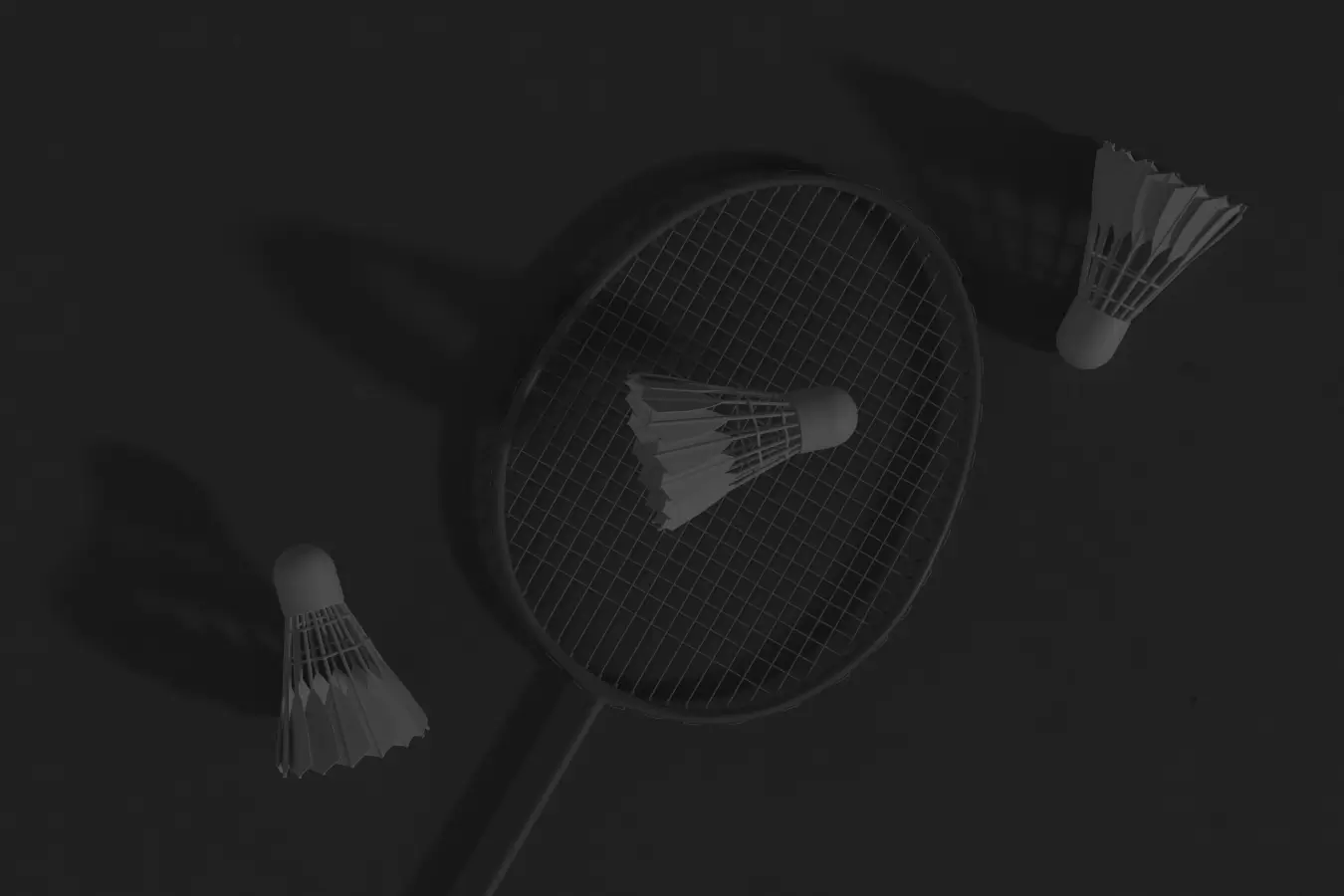

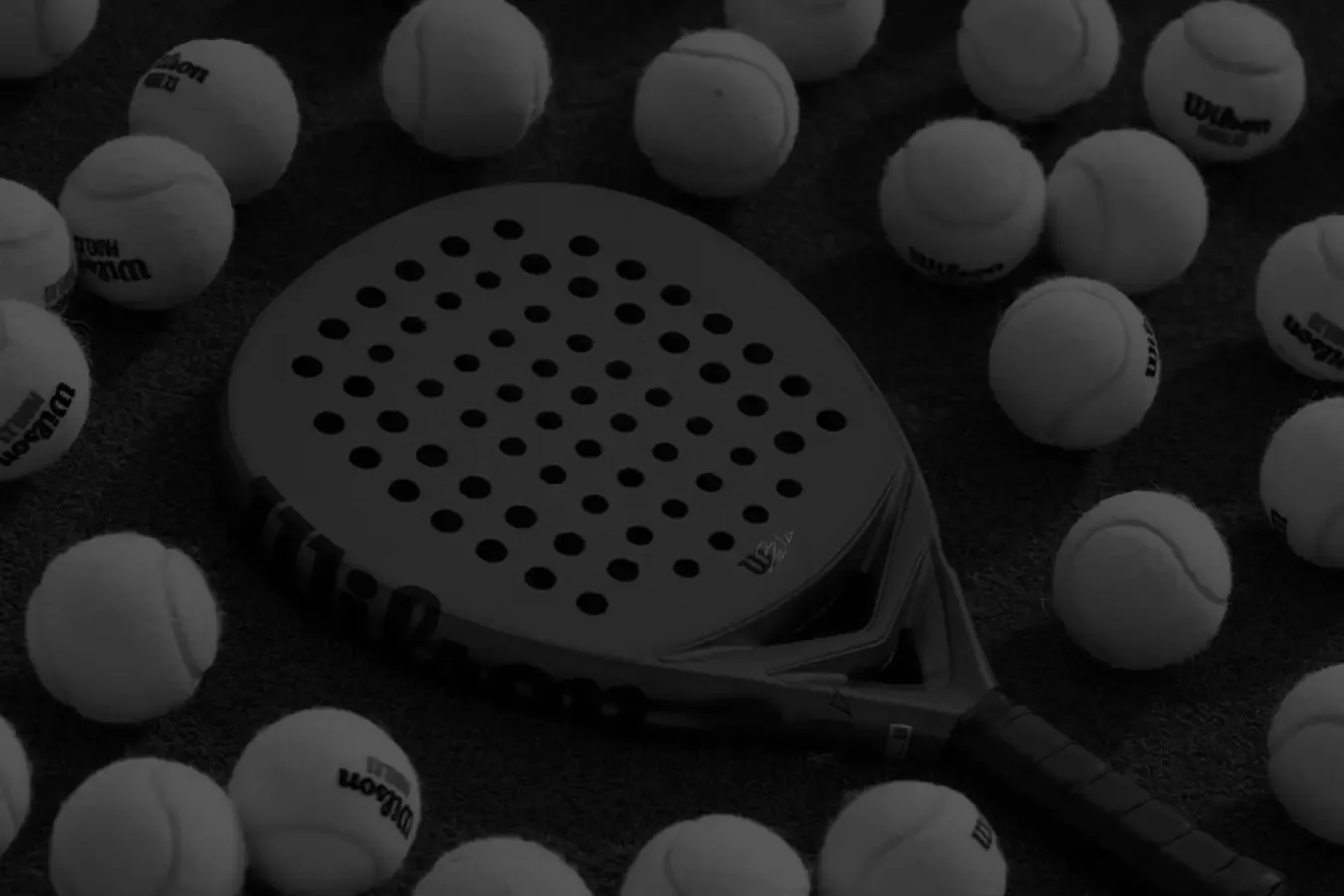
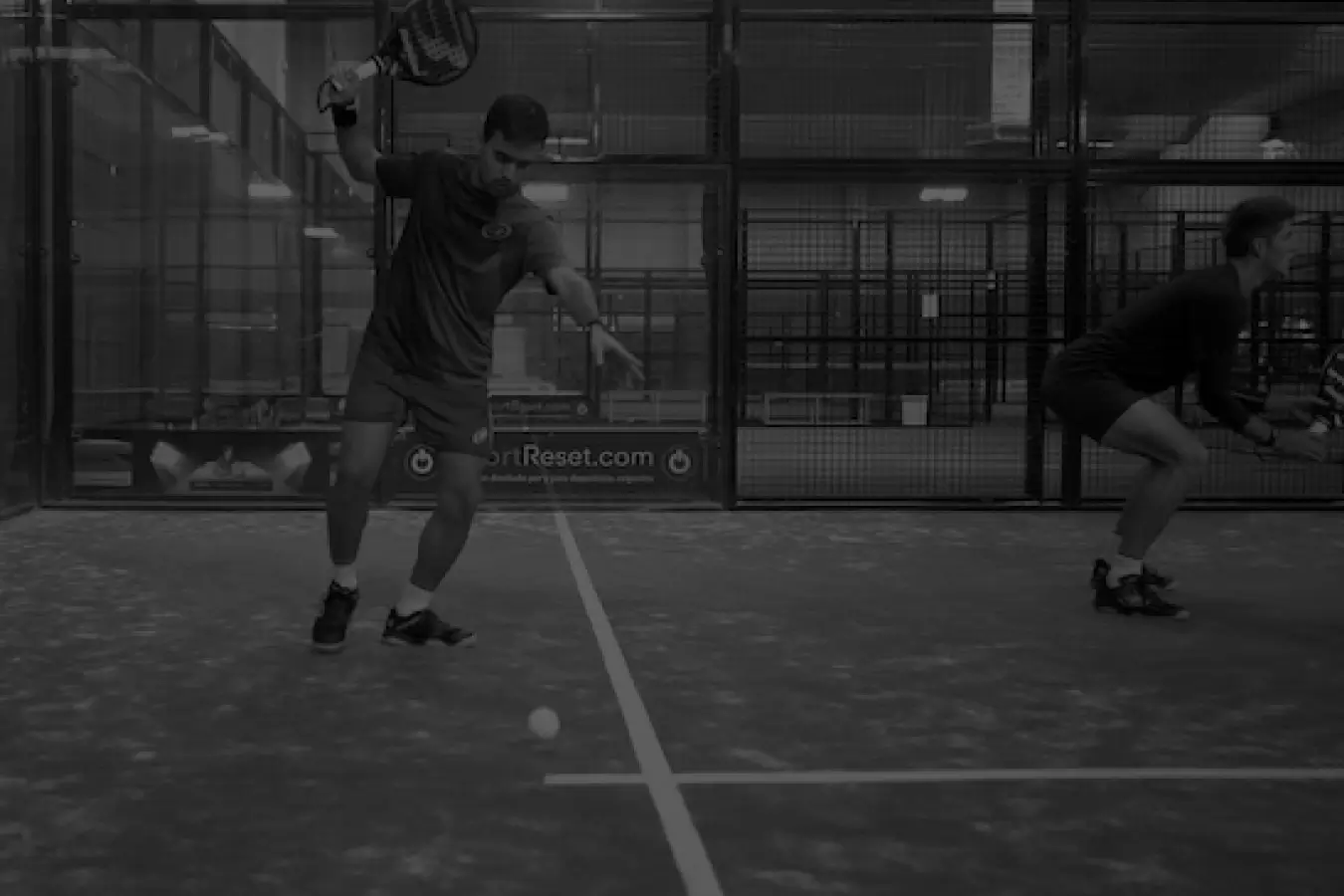
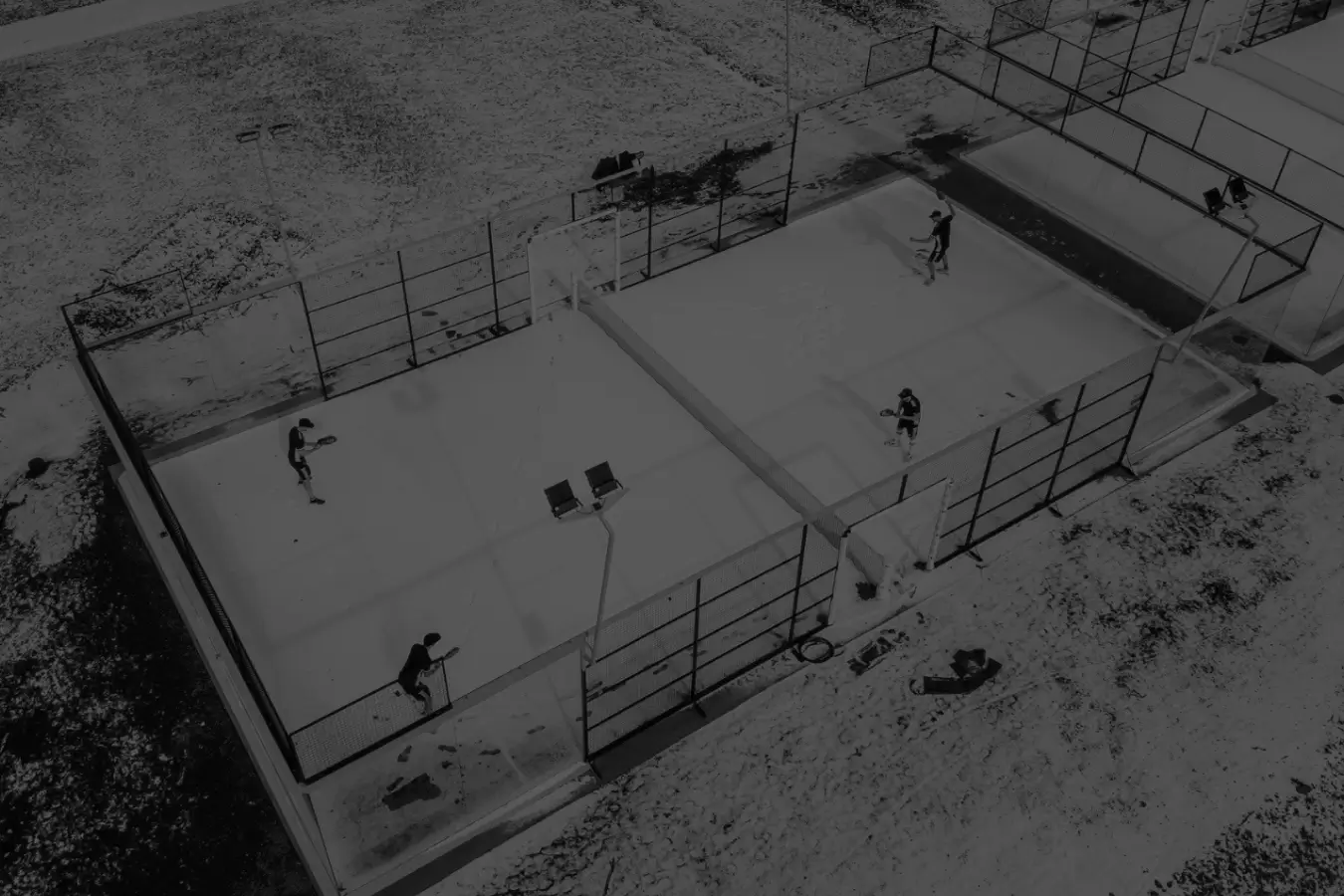
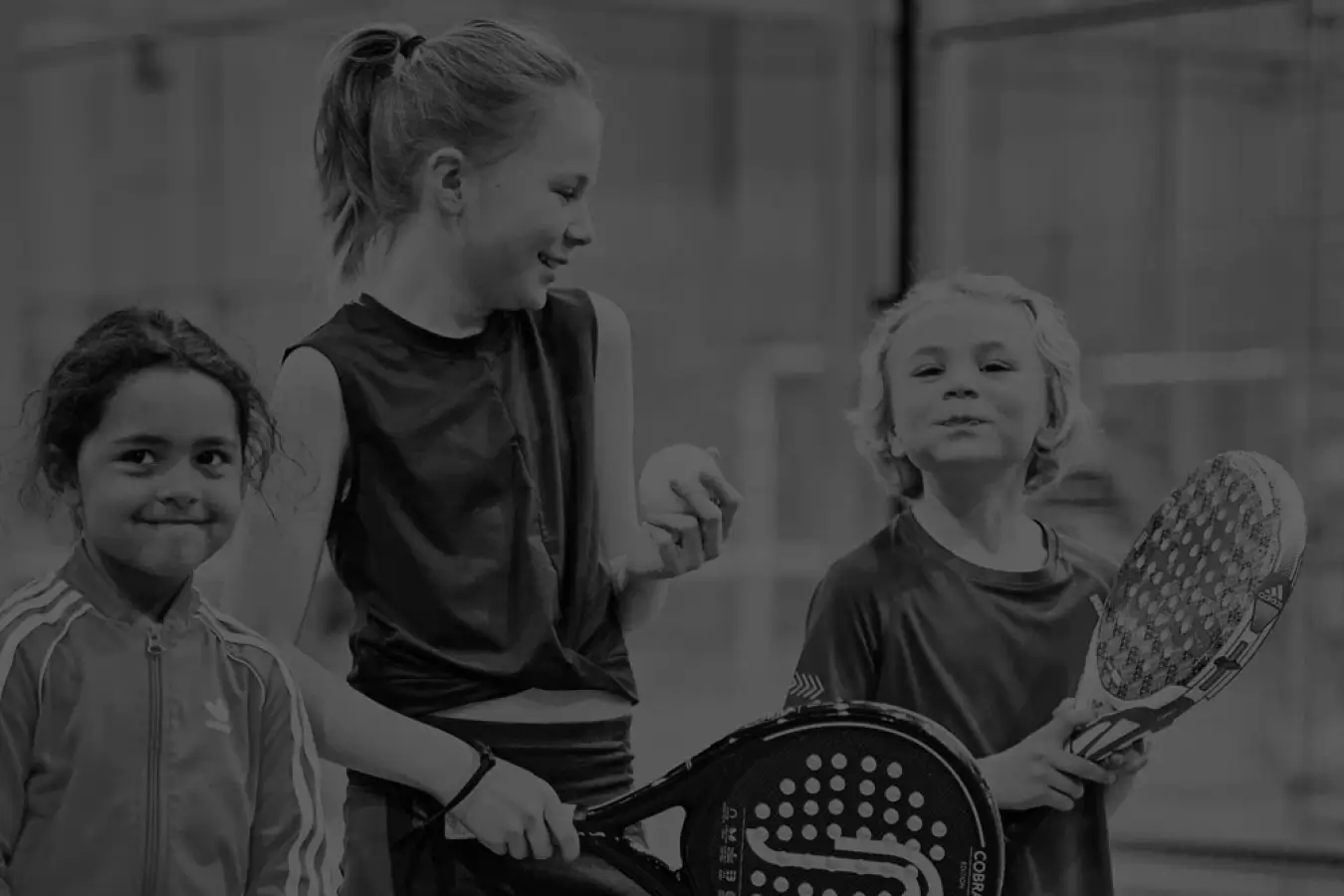
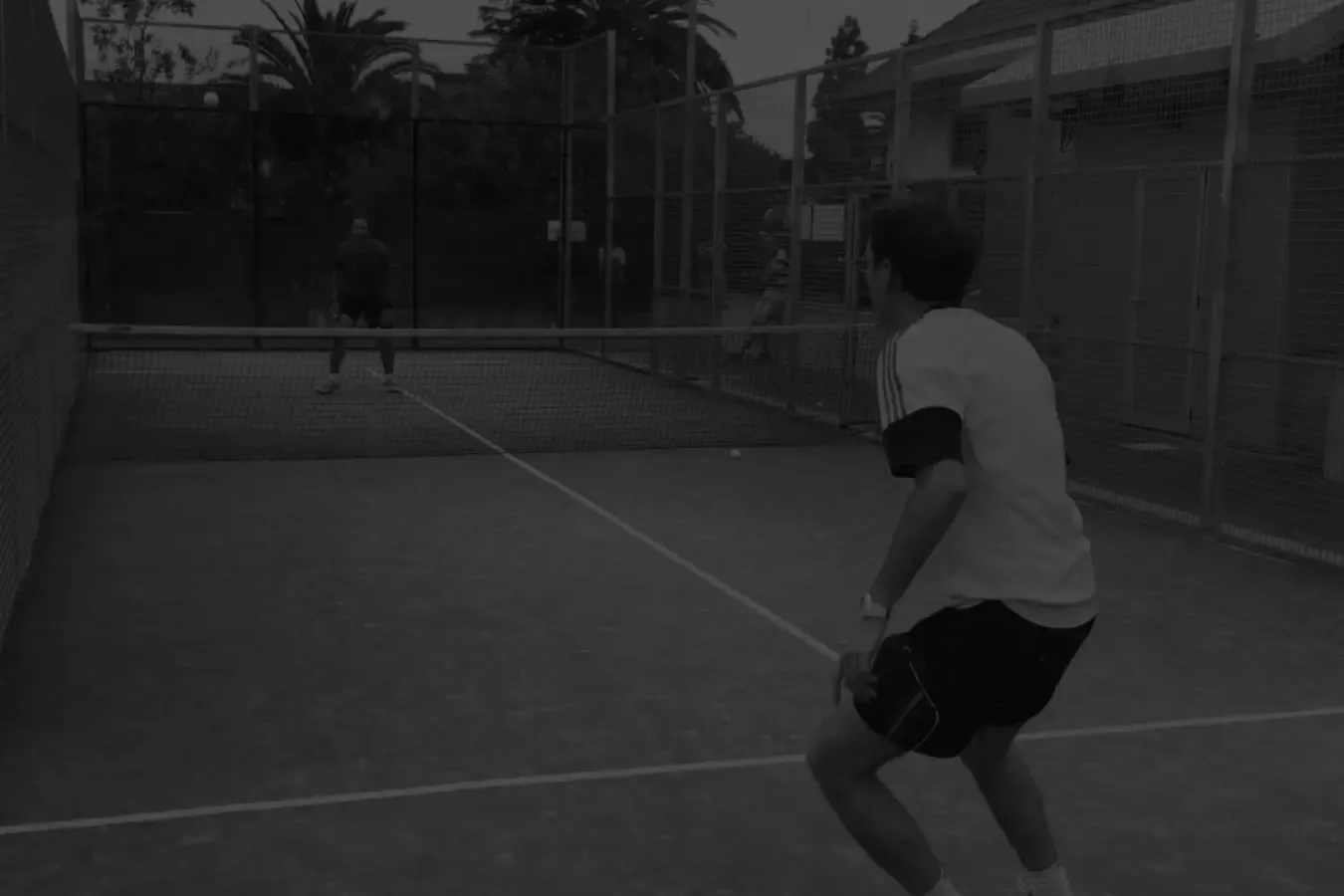
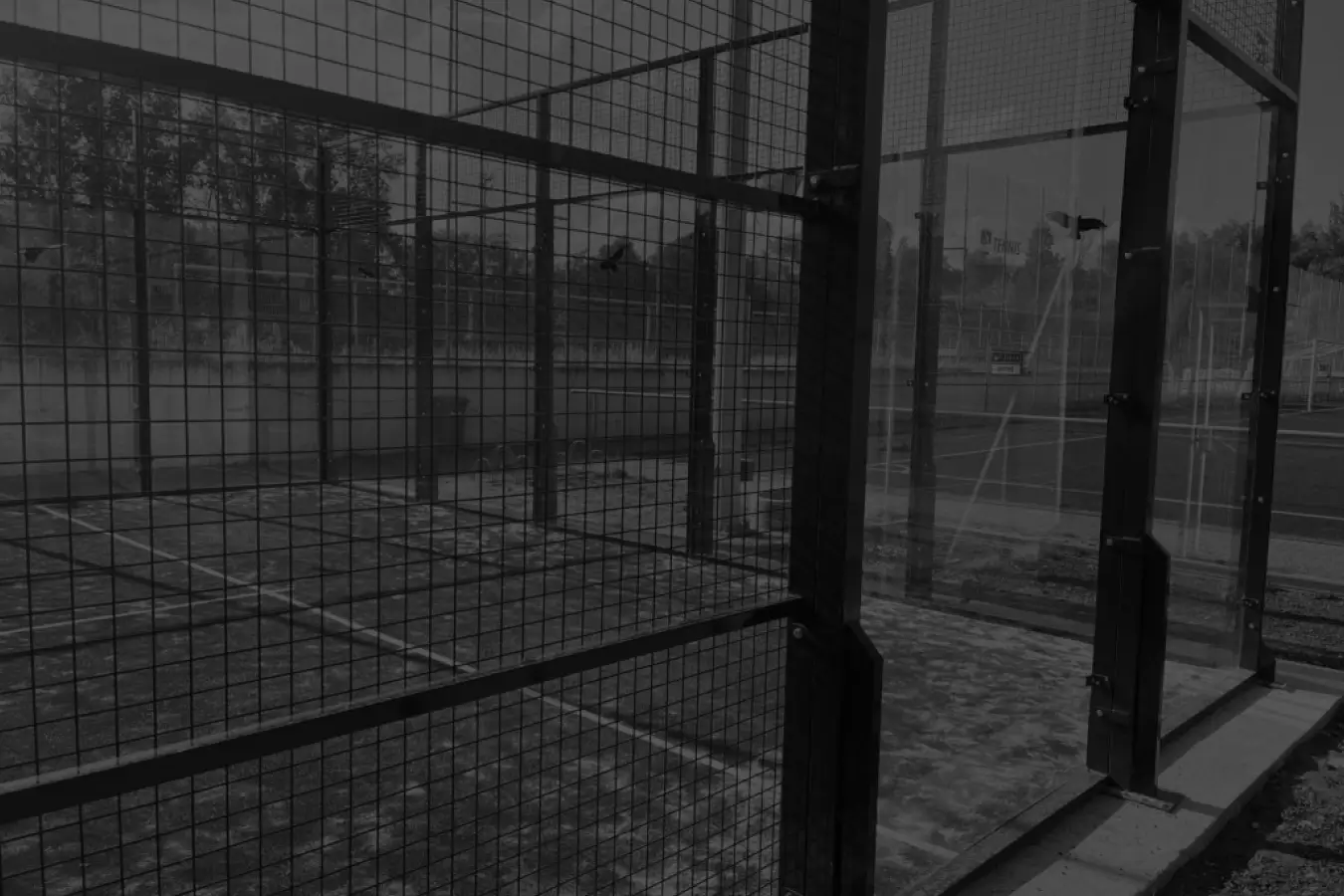

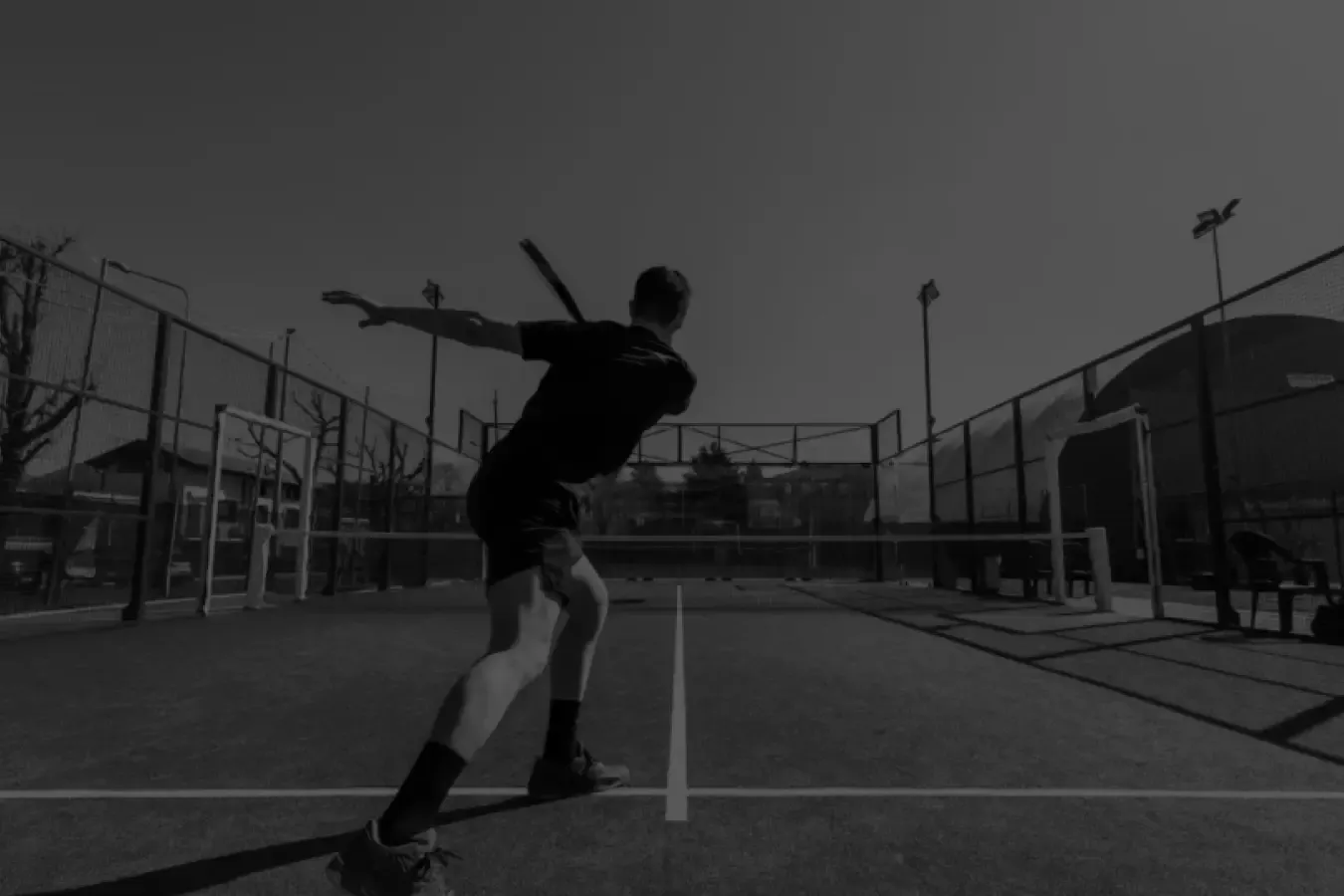
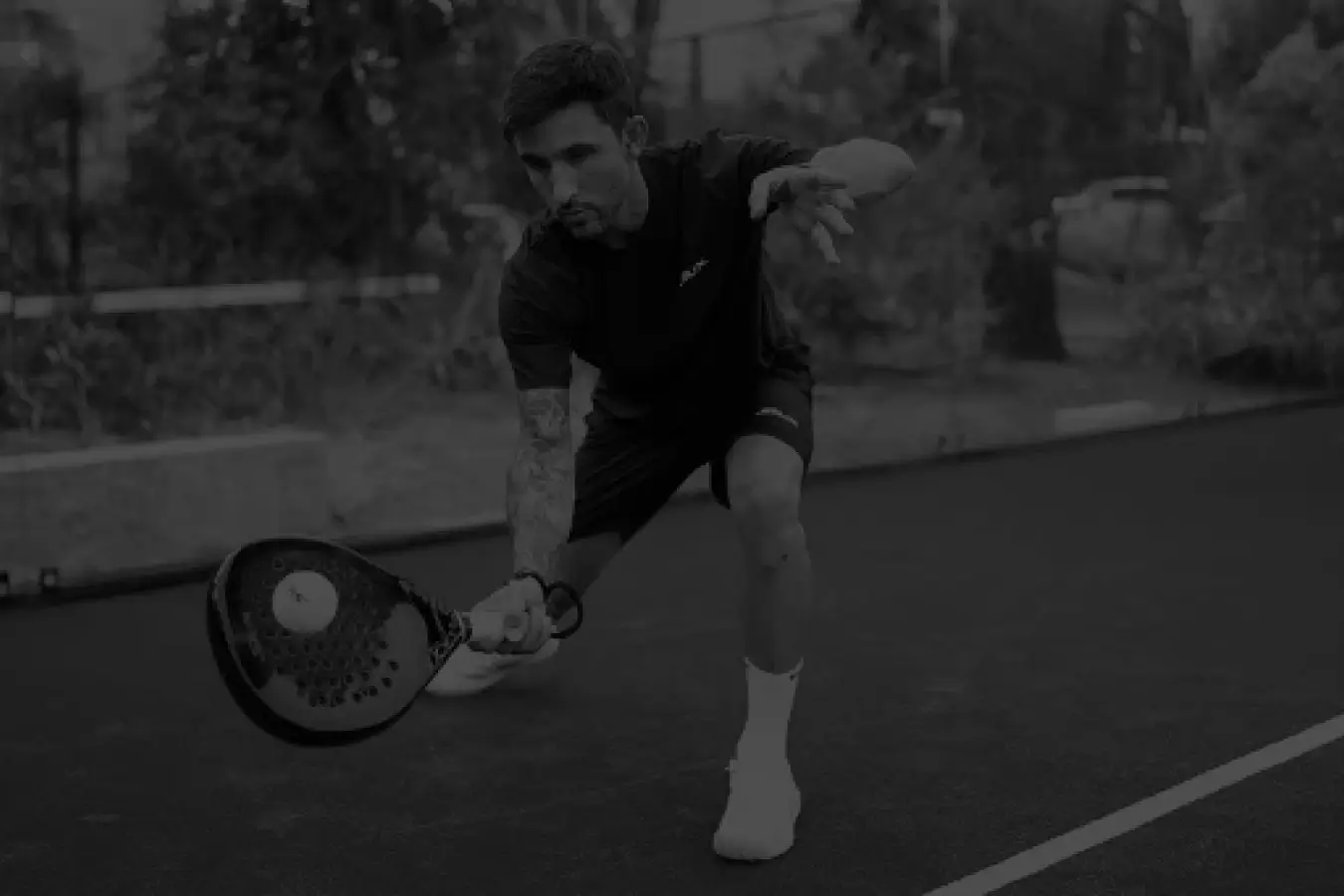

Discussion